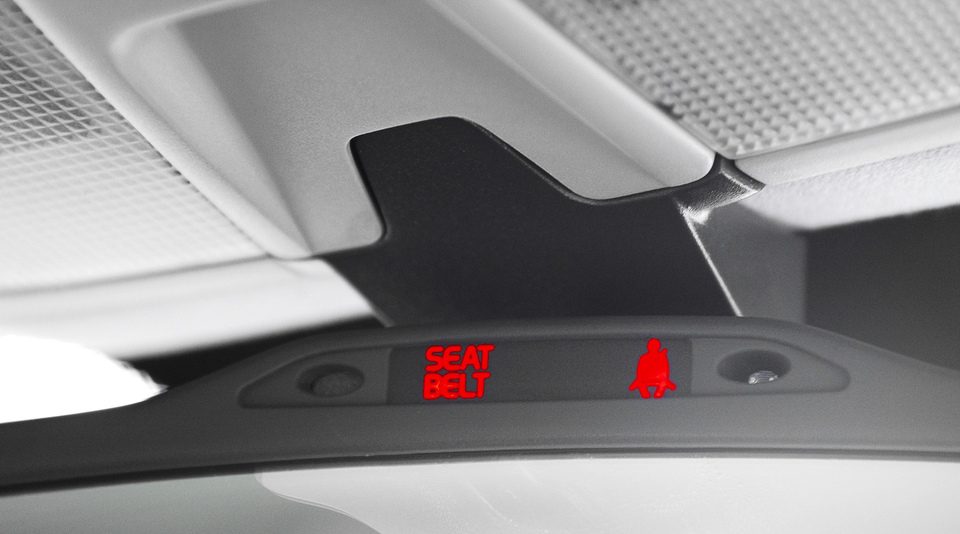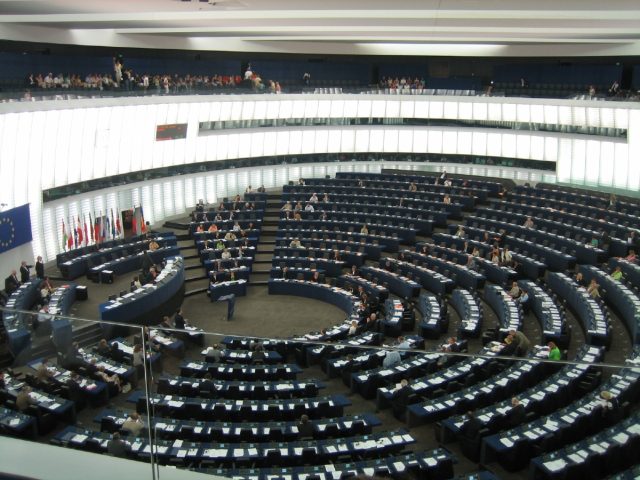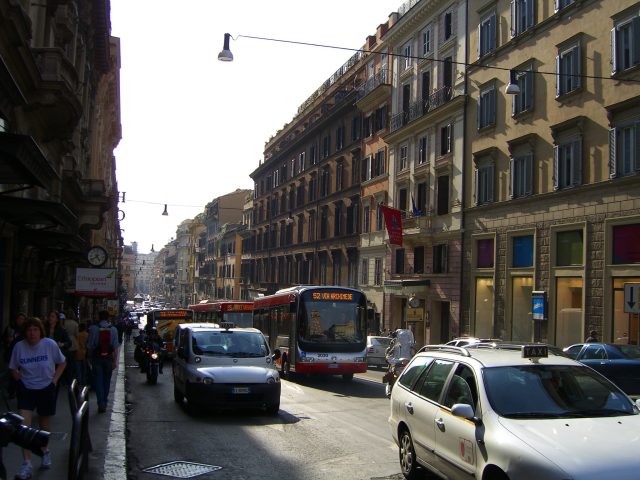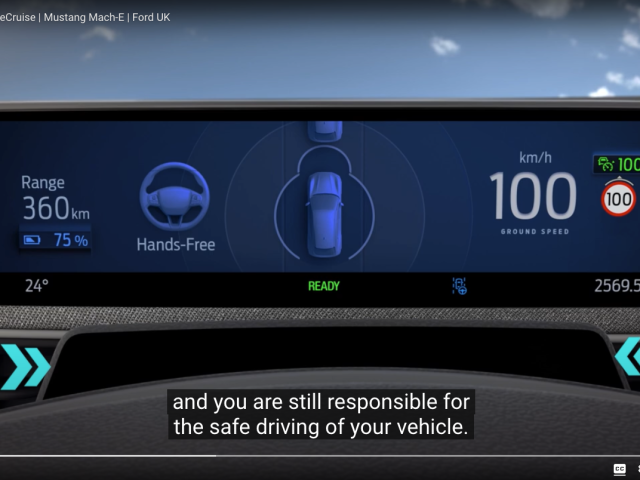
Cost Effective EU Transport Safety Measures
Transport crashes in the EU killed about 39,200 EU citizens in 2001, caused over 3.3 million casualties and cost over 180 billion Euros, around twice the total EU budget for all activity.
The European Transport Safety Council has brought together independent experts from across the EU to identify a series of cost-effective EU transport safety measures which, if applied, could give a substantial contribution to the reduction of the number and severity of transport crashes in the European Union.
This ETSC Review is of a cross-modal character. However, it takes into account that road transport represents by far the greatest transport safety problem in all European countries with around 97% of all transport fatalities occurring in the road sector. Thus, particular emphasis is given to road transport and no attempt has been made to standardise the analysis of road and non-road measures.
Section 1 of this Review looks at five cost-effective EU road safety measures. ETSC believes that the implementation of these measures, which are ready-to-go, could give a substantial contribution to reaching the ambitious EU target of halving road deaths by the year 2010. Moreover, a swift implementation of these measures from 2004 onwards will increase their likely benefits because in an enlarged EU the relative costs per capita will decrease.
The five ‘promising’ road safety measures ready for introduction by the European Union are the following:
– Daytime running lights (DRL)
– Random breath testing: best practice guidelines
– Audible seat belt reminders
– Use of EuroNCAP as an incentive for developing safer cars
– Road safety engineering: best practice guidelines
It needs to be mentioned that this road chapter, intentionally, does not consider speed reduction measures. The absence of speed reduction measures is due to a simple reason: countermeasures to speed are broad and comprehensive and cannot easily be subjected to a proper cost-benefit analysis within the scope of this Review.
Sections 2, 3 and 4 of this Review, then, deal with the rail, maritime and air modes respectively. They show that cost-benefit analyses are not commonly used in these three modes because decisions for the introduction of safety measures are made more on the grounds of practicality and improved system function, whenever the specific safety
elements cannot be properly estimated or quantified.
Finally, in Appendix 1, the Review contains an update of ETSC’s estimates of the costs of transport accidents and the value of safety from 1995-prices to 2000-prices.
Download







